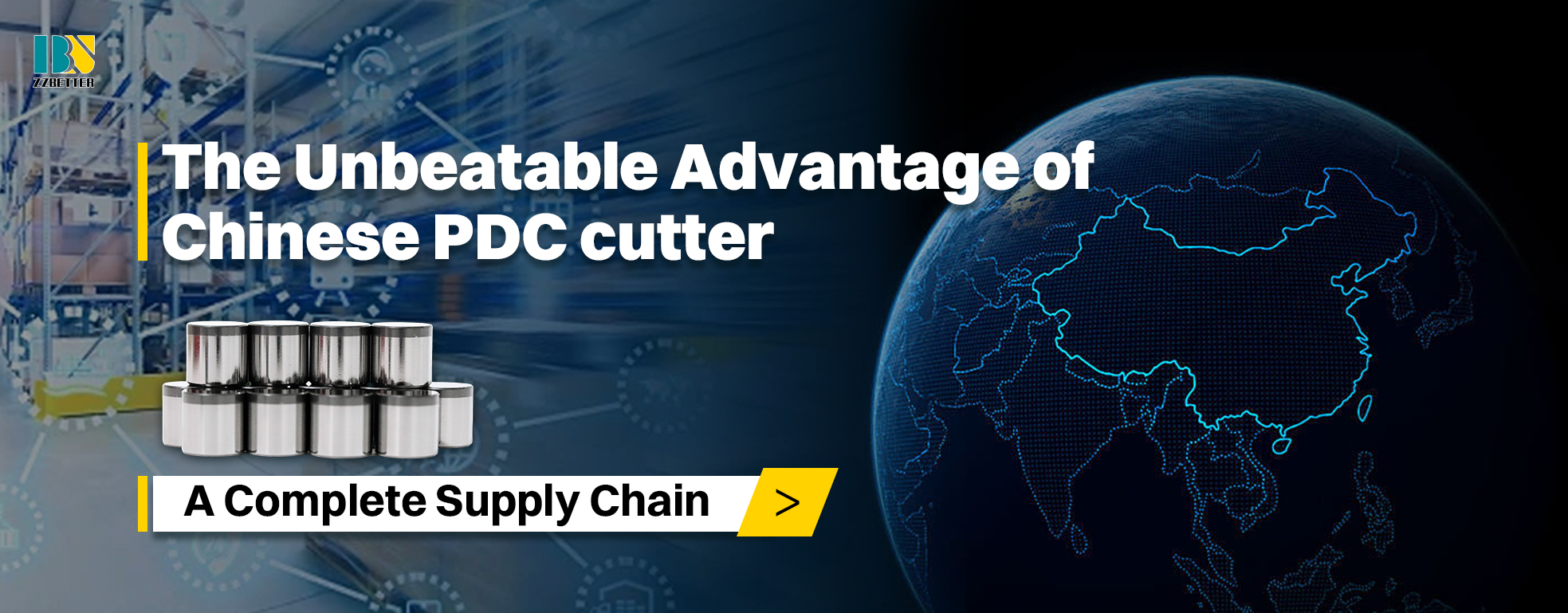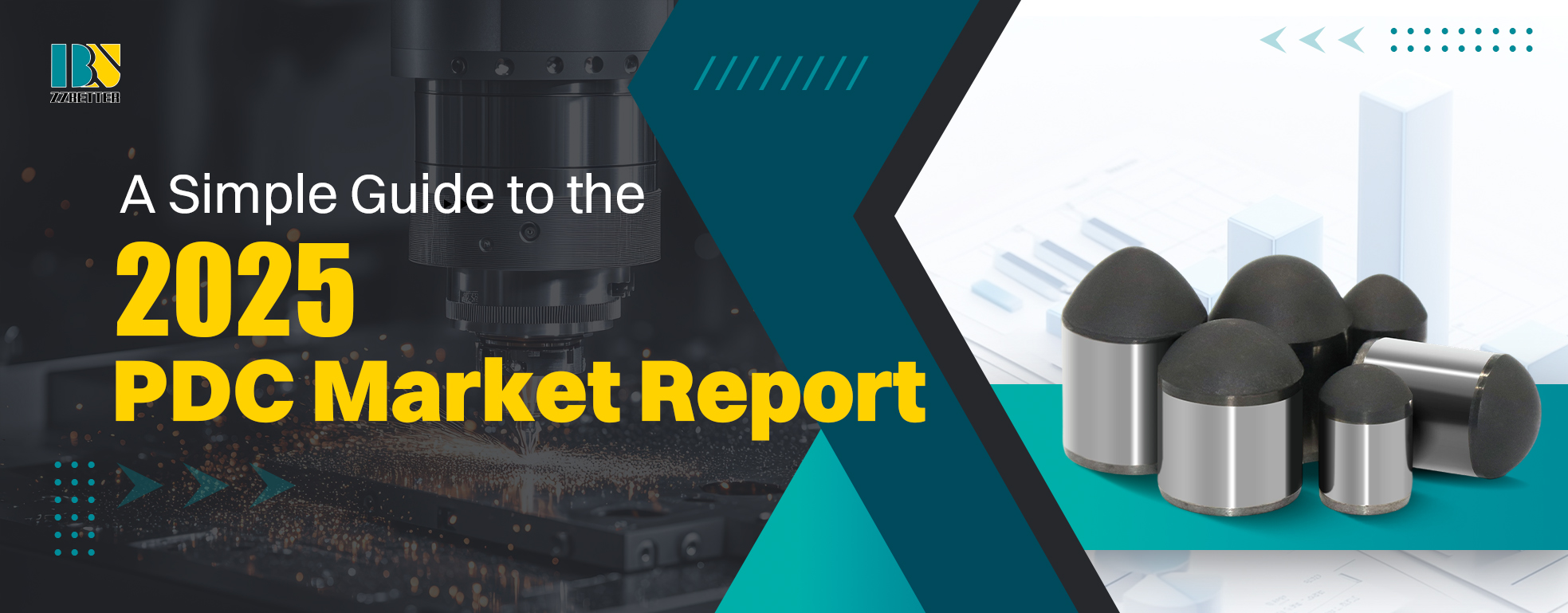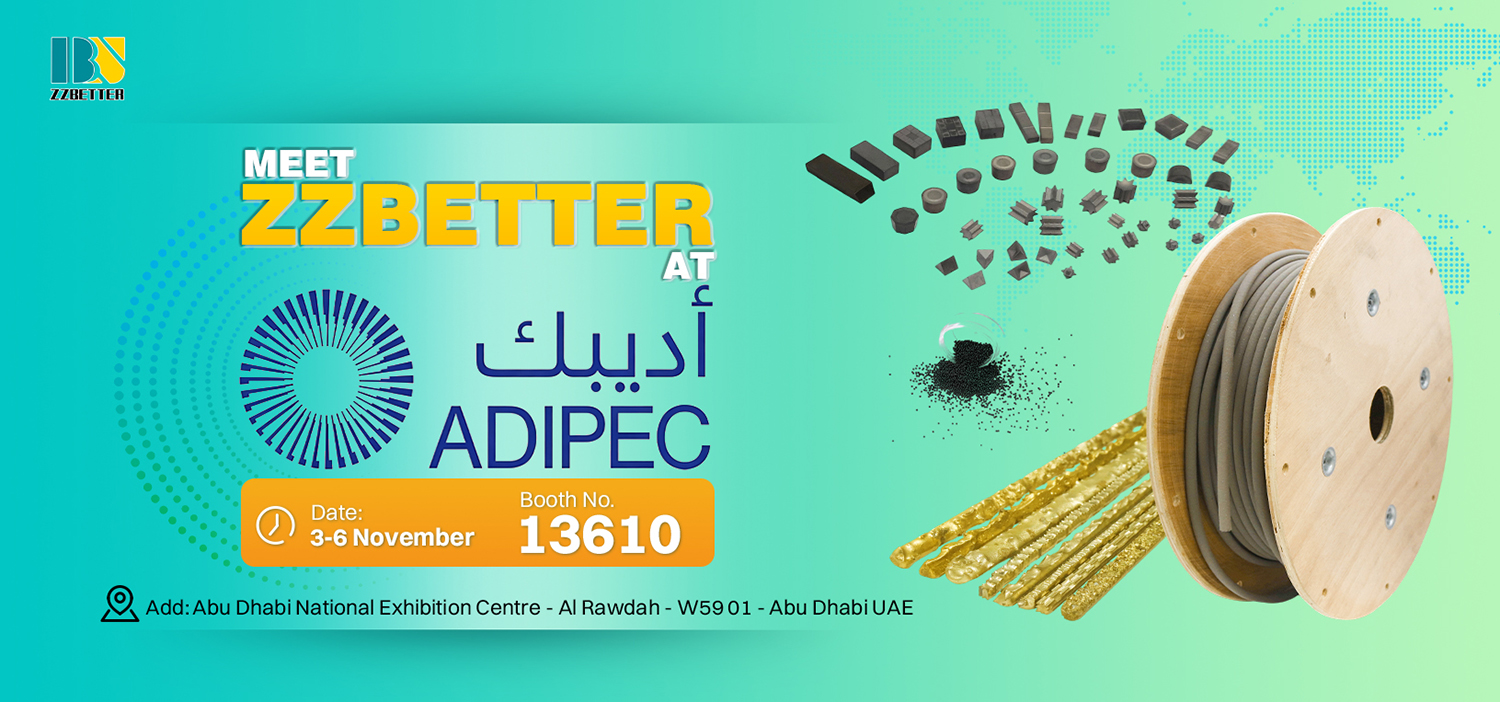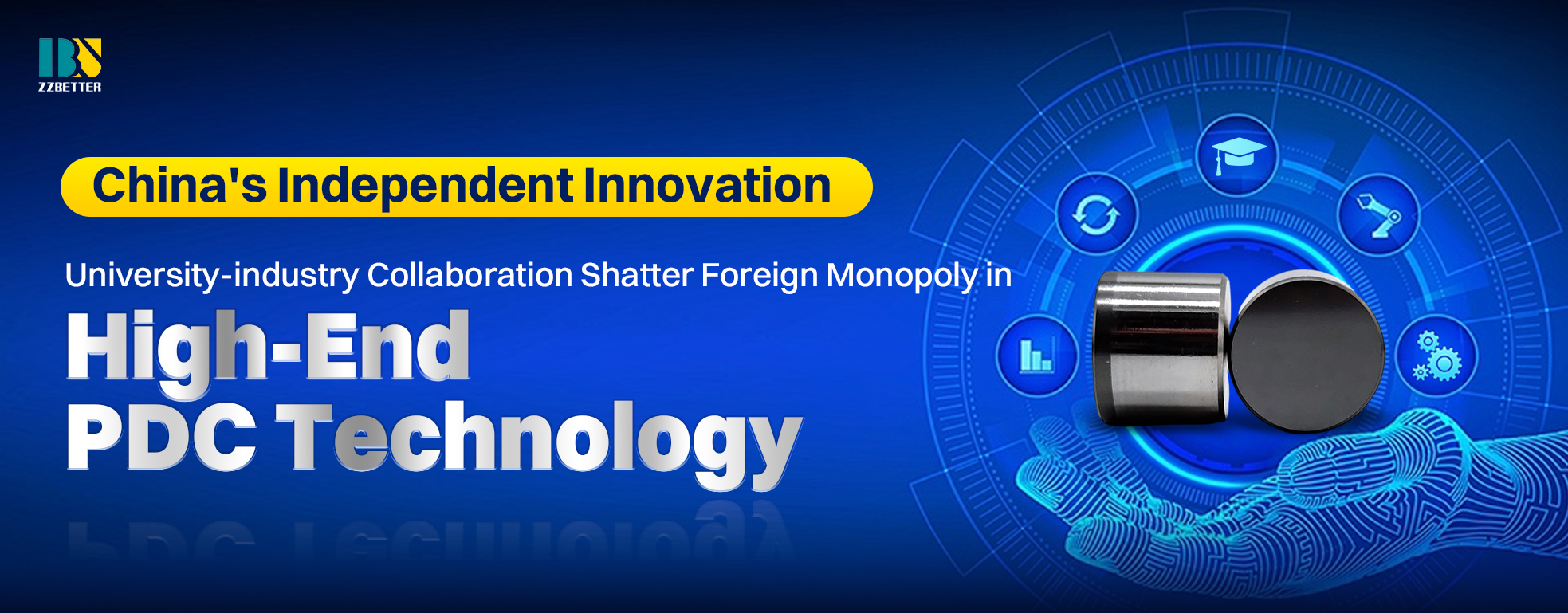2025 Market Analysis: PDC Drill Bit Demand Surges as Composite Technology Outpaces Traditional Designs
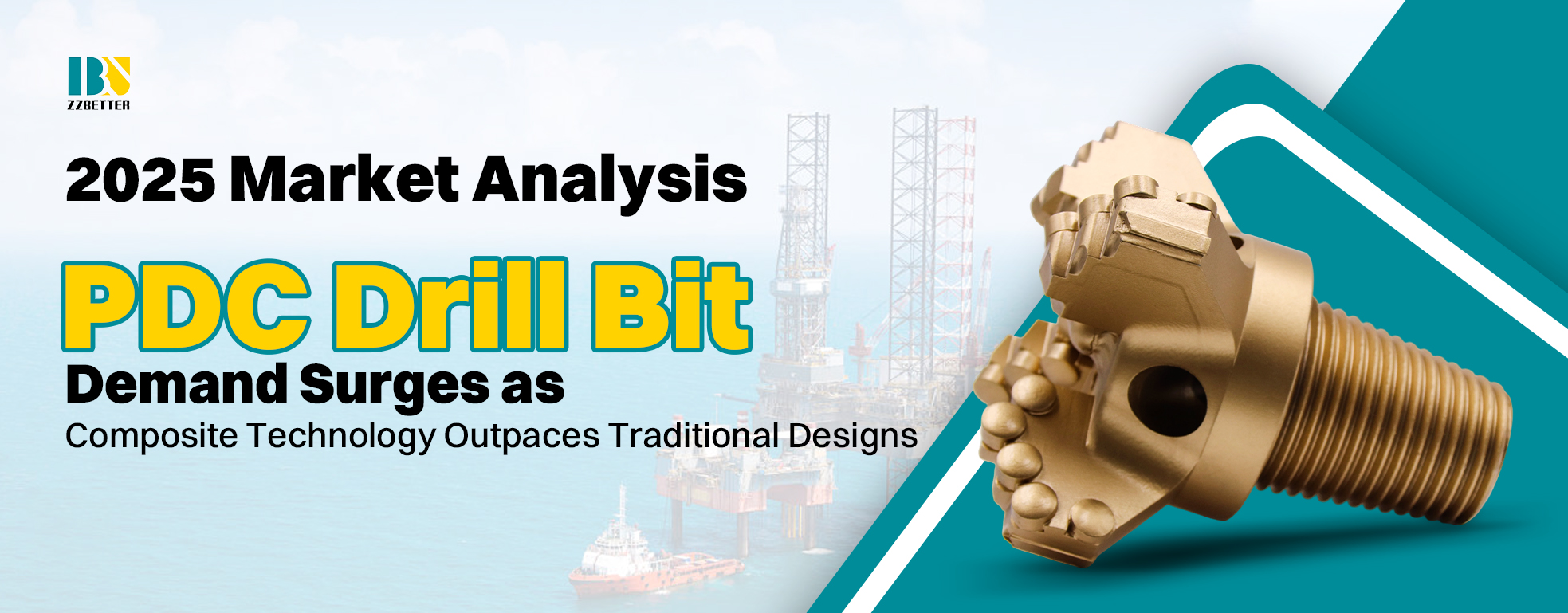
The latest 2025 Global PDC Composite Bit Industry Research Report confirms a significant paradigm shift in the oil and gas drilling sector. The demand for Polycrystalline Diamond Compact (PDC) drill bits is experiencing a substantial surge, primarily driven by the superior performance and economic advantages of composite matrix bodies over traditional tungsten carbide designs. This isn't just a trend; it's a fundamental evolution in drilling technology that is reshaping procurement strategies and operational planning for drilling contractors worldwide.
Traditional steel-bodied PDC drill bits, while robust, often face limitations in highly abrasive and directional drilling applications. The emergence of advanced composite matrix bodies has addressed these challenges head-on. These composite materials, often reinforced with specialized powders and binders, offer unparalleled abrasion resistance for the bit body, directly translating to extended bit life. When combined with the cutting efficiency of premium PDC cutters, the entire drill bit assembly becomes significantly more durable, reducing trips and non-productive time (NPT).
The report highlights that the adoption of PDC drill bits with composite bodies is fastest in applications involving interbedded formations, hard rock drilling, and high-temperature wells. The key differentiator lies in the material's ability to withstand wear without compromising the integrity of the cutter pocket. This ensures that each PDC cutter maintains its optimal back rake and side rake angle for longer, sustaining a high rate of penetration (ROP) throughout the run. Furthermore, the lighter weight of composite bits is a notable advantage in complex logistical operations.
For drilling engineers and procurement managers, the implication is clear: the evaluation of a drill bit must now heavily weigh the material technology of the body alongside the quality of the synthetic diamond cutters. The total cost of ownership, factoring in bit life and ROP, increasingly favors investing in advanced composite bit technology. As the market continues this pivot, manufacturers focused on material science innovation are poised to capture a dominant share.

